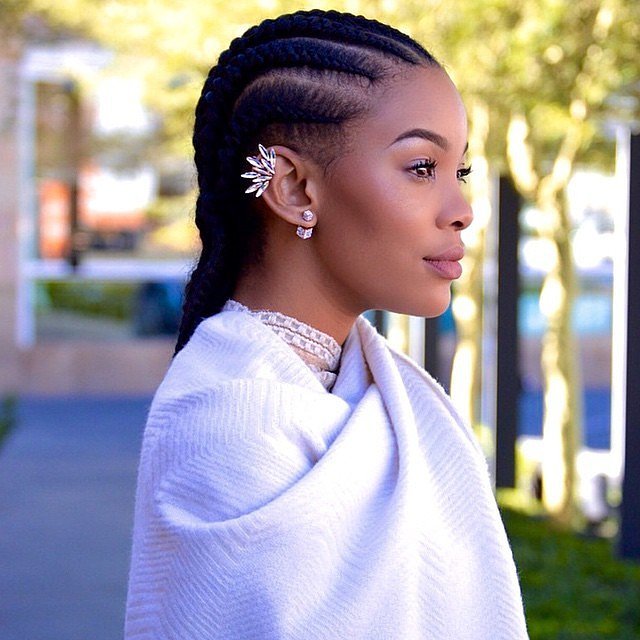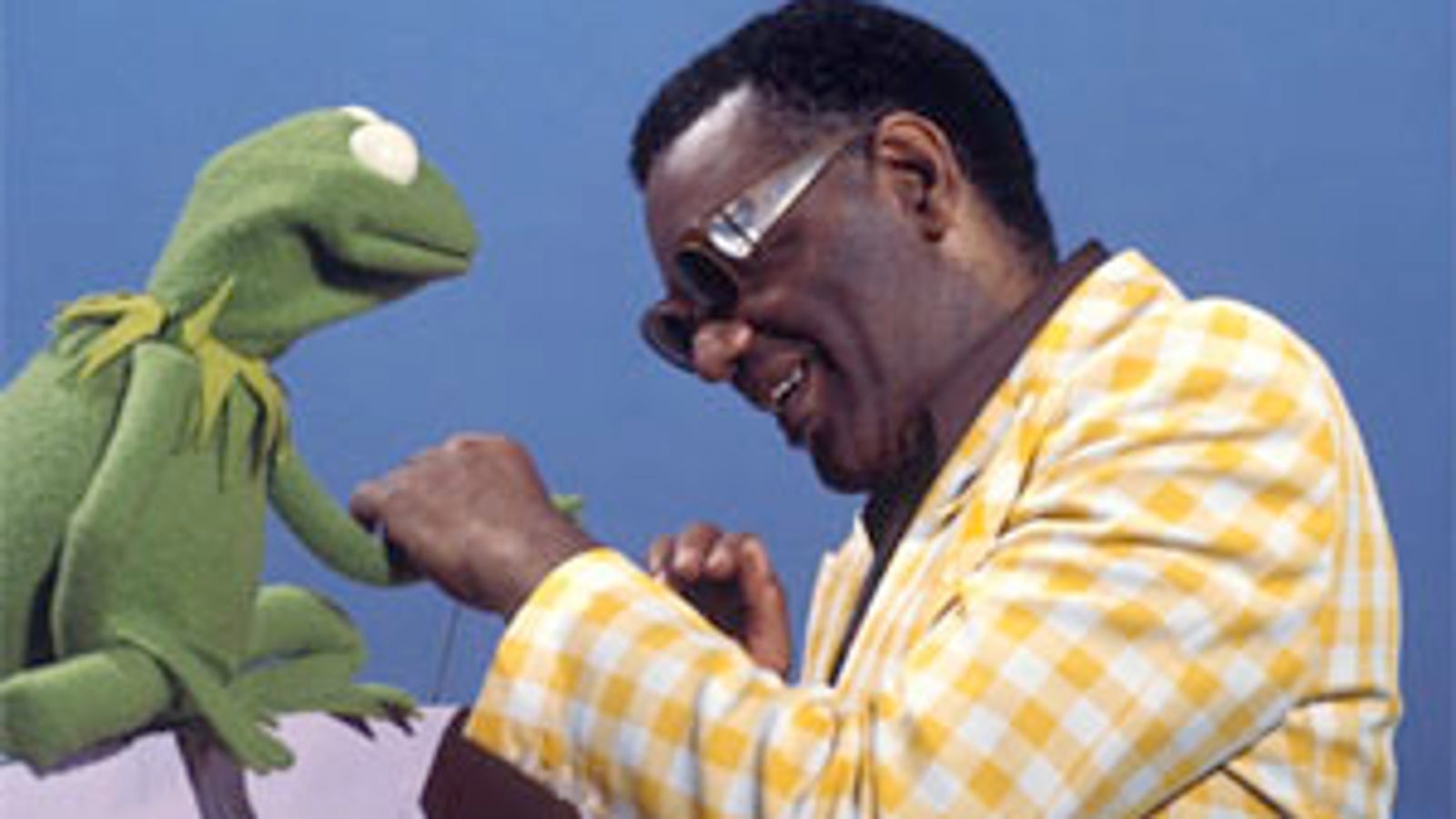The Impact Of Synthetic Hair Braids On The Health And Wellbeing Of Black Women

Table of Contents
Synthetic hair braids are incredibly popular among Black women, offering a versatile and stylish way to express individuality and cultural pride. From intricate cornrows to flowing box braids, these styles offer a protective shield for natural hair, allowing it to grow and thrive. However, the beauty of synthetic hair braids comes with a potential downside: the impact on hair health and overall wellbeing. This article explores both the positive and negative aspects of synthetic hair braids on Black women's scalp health and wellbeing, empowering you to make informed choices about your hair care.
<h2>The Aesthetics and Cultural Significance of Synthetic Hair Braids</h2>
Braids hold deep cultural and historical significance for Black women, representing heritage, strength, and beauty. For generations, braiding has been a communal practice, passed down through families and reflecting unique cultural identities. Synthetic hair braids offer a modern iteration of this tradition, providing access to a wide range of styles and colors that may not be easily achievable with natural hair alone. The versatility of synthetic hair extensions allows for creative expression, enabling Black women to experiment with different lengths, textures, and colors, showcasing their individuality. Furthermore, the affordability of synthetic hair makes these styles accessible to a wider population, fostering a sense of inclusivity and self-expression.
- Protective Styling: Synthetic braids act as a protective style, shielding natural hair from environmental damage and manipulation, contributing to length retention.
- Hair Extensions: The use of synthetic hair extensions expands the styling possibilities, offering a vast array of looks from classic to avant-garde.
- Cultural Significance: Braiding traditions are deeply rooted in Black culture, representing a rich heritage and a powerful form of self-expression.
- Black Hair Diversity: Synthetic braids accommodate the diverse textures and styles found within Black hair, catering to a wide range of hair types.
- Braiding Styles: From micro braids to jumbo braids, the sheer variety of braiding styles allows for endless customization and creativity.
<h2>Potential Negative Impacts on Scalp Health</h2>
While offering aesthetic benefits, synthetic hair braids can also negatively impact scalp health if not carefully managed. Understanding these potential risks is crucial for maintaining healthy hair and preventing long-term damage.
<h3>Traction Alopecia and Hair Loss</h3>
Tight braiding is a major culprit behind traction alopecia, a form of hair loss caused by excessive pulling on the hair follicles. Symptoms include thinning hair, receding hairline, and inflammation of the scalp. If left untreated, traction alopecia can lead to permanent hair loss. To prevent this, ensure your braider uses gentle braiding techniques and avoids excessively tight braids.
- Hair Breakage: Tight braids can cause significant hair breakage, leading to thinning and damaged hair.
- Hair Loss: Prolonged tight braiding can result in permanent hair loss in affected areas.
- Tight Braids: Avoid excessively tight braids; a comfortable braid should not cause pain or pulling.
- Scalp Damage: Tight braiding can damage the hair follicles and the scalp itself.
<h3>Scalp Infections and Irritation</h3>
Poor hygiene during and after braiding significantly increases the risk of scalp infections, such as folliculitis (inflammation of hair follicles) and fungal infections. Proper scalp cleanliness is paramount. Allergic reactions to synthetic hair materials are also a possibility.
- Scalp Infections: Maintain meticulous hygiene to prevent the growth of bacteria and fungi on the scalp.
- Fungal Infections: Regularly clean the scalp and braids to minimize the risk of fungal infections.
- Allergic Reactions: Choose high-quality, hypoallergenic synthetic hair materials to reduce the risk of allergic reactions.
- Hygiene: Regular washing of the scalp and braids is essential to prevent infections.
<h3>Dryness and Breakage</h3>
Synthetic hair can sometimes exacerbate dryness and breakage of the natural hair underneath. The lack of moisture can lead to brittle, damaged strands. Regular moisturizing and conditioning treatments are crucial for maintaining both synthetic and natural hair health. Gentle detangling is essential to prevent further damage.
- Dry Hair: Regularly moisturize both your natural hair and the synthetic braids.
- Hair Breakage: Avoid harsh brushing or pulling on the braids.
- Damaged Hair: Use gentle detangling techniques to minimize breakage.
- Moisture: Keep both your natural hair and braids well-hydrated.
- Conditioning: Use deep conditioners regularly to combat dryness and breakage.
<h2>Maintaining Healthy Hair While Wearing Synthetic Braids</h2>
Protecting your hair health while enjoying the beauty of synthetic braids requires careful planning and proactive hair care.
<h3>Choosing the Right Braider</h3>
Selecting a skilled and experienced braider is crucial. Research and find reputable braiding salons with positive reviews. Experienced braiders understand safe braiding techniques and prioritize scalp health.
- Professional Braider: Invest in a professional braider who prioritizes scalp health.
- Experienced Stylist: Choose a stylist with experience in braiding and knowledge of scalp health.
- Safe Braiding Techniques: Ensure your braider uses gentle and safe braiding techniques.
<h3>Proper Hair Care Practices</h3>
Establish a consistent hair care routine that includes regular scalp cleansing, moisturizing, and detangling. This will help to maintain both the health of your natural hair and the longevity of your synthetic braids.
- Hair Care Routine: Create a consistent hair care routine for maintaining scalp and hair health.
- Scalp Care: Regularly cleanse your scalp to prevent infections and build-up.
- Hair Maintenance: Use appropriate products to moisturize and maintain the health of your hair.
- Braid Care: Keep your braids clean and well-maintained to avoid damage and infection.
<h3>Recognizing and Addressing Problems</h3>
Learn to identify potential problems like traction alopecia or scalp infections early on. Addressing these issues promptly can prevent further damage. If you notice any concerning symptoms, consult a dermatologist or trichologist.
- Hair Health Problems: Be vigilant for signs of hair loss, scalp irritation, or infections.
- Problem Solving: Address any hair or scalp concerns promptly.
- Early Detection: Early detection and treatment of problems are essential.
<h2>Conclusion: Making Informed Choices about Synthetic Hair Braids</h2>
Synthetic hair braids offer a beautiful and culturally significant way to express oneself, but they can pose risks to scalp health if not managed properly. Prioritizing proper braiding techniques, meticulous hygiene, and a consistent hair care routine is essential for maintaining healthy hair and avoiding potential problems. Remember to choose a skilled braider, maintain regular scalp cleansing, and moisturize regularly. If you experience any issues, consult a dermatologist or trichologist. Make informed choices about your synthetic hair braids and prioritize your hair health and wellbeing.

Featured Posts
-
 Building Voice Assistants Open Ais New Tools Unveiled
May 27, 2025
Building Voice Assistants Open Ais New Tools Unveiled
May 27, 2025 -
 Prodolzhenie Podderzhki Germaniya Postavlyaet Ukraine Sredstva Pvo Reb I Sistemy Svyazi
May 27, 2025
Prodolzhenie Podderzhki Germaniya Postavlyaet Ukraine Sredstva Pvo Reb I Sistemy Svyazi
May 27, 2025 -
 Knives Out Exploring The Future Without Daniel Craig
May 27, 2025
Knives Out Exploring The Future Without Daniel Craig
May 27, 2025 -
 Demenagement Ecole Saint Ouen Le Maire Refute L Idee D Echec
May 27, 2025
Demenagement Ecole Saint Ouen Le Maire Refute L Idee D Echec
May 27, 2025 -
 Elmo And Sza Spread Gratitude On Sesame Street With A New Original Song
May 27, 2025
Elmo And Sza Spread Gratitude On Sesame Street With A New Original Song
May 27, 2025
